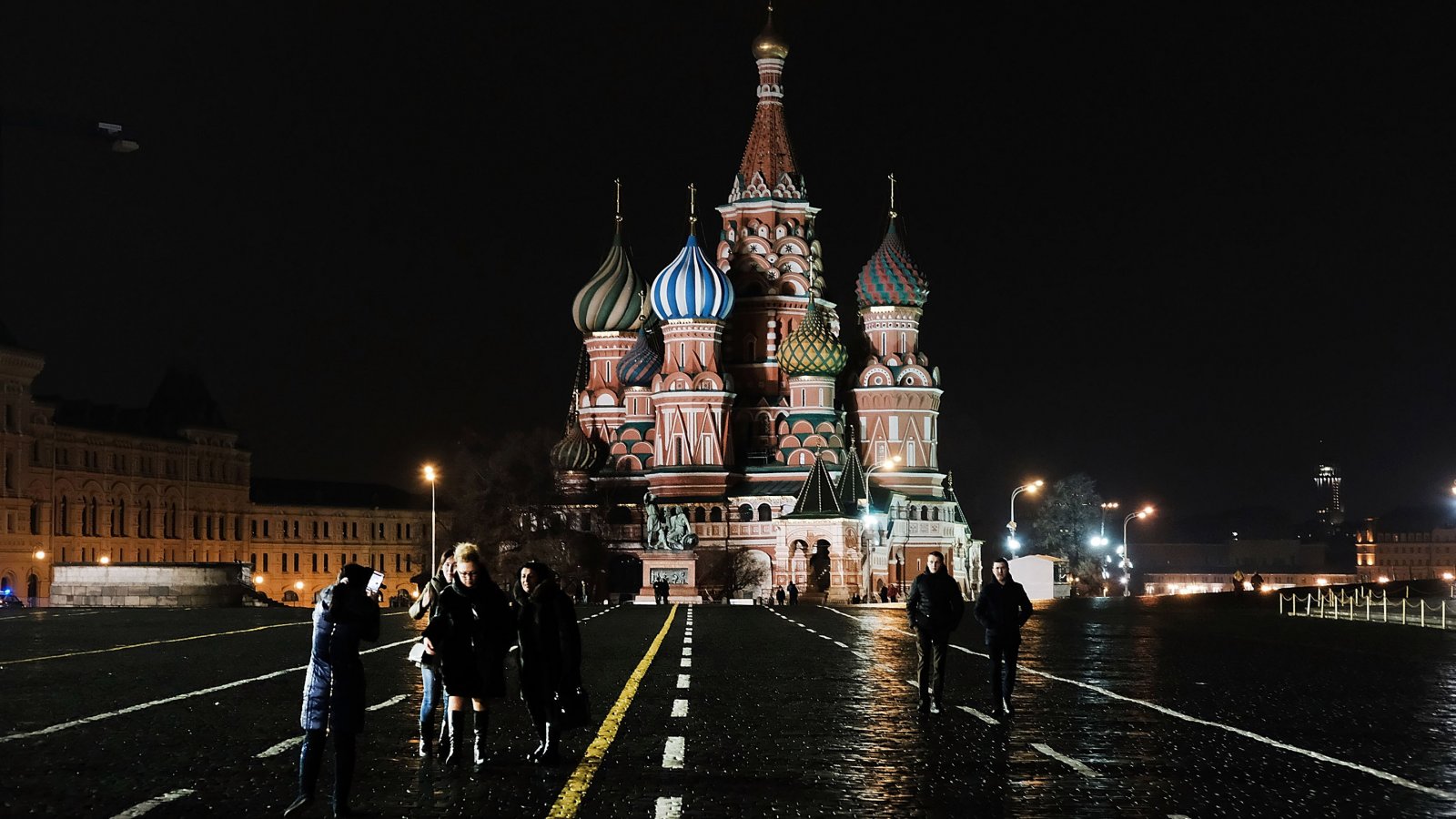
According to The Washington Post, U.S. intelligence agencies knew for years how the Kremlin was working to spread disinformation and influence public opinion but consistently failed to respond in a timely or effective manner for a variety of reasons.
The miscalculations and bureaucratic inertia that left the United States vulnerable to Russia’s interference in the 2016 presidential election trace back to decisions made at the end of the Cold War, when senior policymakers assumed Moscow would be a partner and largely pulled the United States out of information warfare. When relations soured, officials dismissed Russia as a “third-rate regional power” that would limit its meddling to the fledgling democracies on its periphery.
Senior U.S. officials didn’t think Russia would dare shift its focus to the United States.
But it did. And cyberattacks and propaganda are downright cheap compared to the expense of traditional warfare, an arena in which the former Soviet Union could not compete with the United States:
When President Vladimir Putin came to power, Russia began searching for ways to make up for its diminished military.
(...)
Early warning signs of the growing Russian disinformation threat included the 2005 launch of RT, the Kremlin-funded TV network, and the 2007 cyberattacks that overwhelmed Estonia’s banks, government ministries and newspapers. A year later, the Kremlin launched a digital blitz that temporarily shut down Georgia’s broadcasters and defaced the website of its president.
(...)
But for U.S. officials, the real wake-up call came in early 2014 when the Russians annexed Crimea and backed separatists in eastern Ukraine. An intercepted Russian military intelligence report dated February 2014 documented how Moscow created fake personas to spread disinformation on social media to buttress its broader military campaign.
President Obama knew the Russian propaganda threat was growing, but his administration never settled on a workable solution to counter the assault:
In March 2014, Obama paid a visit to NATO headquarters, where he listened as unnerved allies warned him of the growing Russia threat. Aides wanted to give the president options to push back.
(...)
The task of countering what the Russians were doing fell to a few underfunded bureaucrats at the State Department who journeyed to the CIA, the NSA, the Pentagon and the FBI searching for help and finding little.
(...)
[Several] covert proposals, which were circulated in 2015 by David S. Cohen, then the CIA’s deputy director, divided the administration and intelligence agencies and never reached the national security cabinet or the president for consideration.
After the 2016 election and before President Trump took office, U.S. officials flew to Brussels to brief and warn NATO allies:
The Obama administration had gone through an agonizing learning curve. The Russians, beginning in 2014, had hacked the State Department and the White House before targeting the Democratic National Committee and other political institutions. By the time U.S. officials came to grips with the threat, it was too late to act. Now they wanted to make sure NATO allies didn’t repeat their mistakes.
(...)
For the first time since the days after 9/11, the American officials in Brussels sounded overwhelmed and humbled, said a European ambassador in the room.
When the briefers finished, the allies made clear to the Americans that little in the presentation surprised them.
“This is what we’ve been telling you for some time,” the Europeans said, according to Lute, the NATO ambassador. “This is what we live with. Welcome to our lives.”
WaPo explains how after the 2016 election, Russian operatives stopped promoting Trump and turned their attention back to widening social divides, which is the ongoing threat the U.S. faces now:
“They are all about disruption,” said a former official briefed on the intelligence. “They want a distracted United States that can’t counter Vladimir Putin’s ambitions.”
The dilemma facing the Trump White House was an old one: how to respond.
(...)
But, just as in the Obama administration, the most far-reaching ideas ran into obstacles.
Full story: Kremlin trolls burned across the Internet as Washington debated options (WaPo)